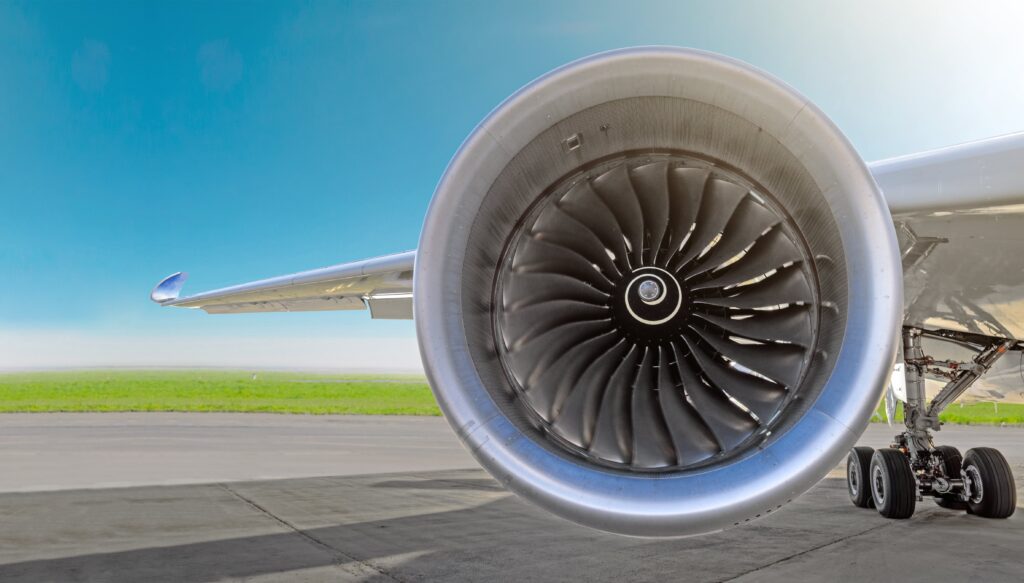
The Transformative Role of Sustainable Composites in Aerospace Applications
In the dynamic realm of aerospace engineering, the integration of sustainable materials has become a pivotal focus. At the forefront of this integration are sustainable composites, offering a potent combination of durability, lightweight properties, and ecological benefits. This article delves into the substantial advancements made in sustainable composites for aerospace applications, elucidating their transformative impact on both performance and environmental responsibility within the aerospace industry.
The Emergence and Evolution of Sustainable Composites
The aerospace industry’s quest for materials that balance structural integrity and weight reduction has driven the evolution of sustainable composites. These composites, often derived from renewable sources or recyclable materials, represent a significant departure from conventional materials like metals and non-recyclable polymers. Their emergence marks a paradigm shift, offering aerospace engineers an innovative approach towards developing environmentally conscious and high-performance aircraft components.
Embracing Sustainability in Aerospace Composites
The integration of sustainability principles into aerospace composites encompasses a multifaceted approach. Beyond the sourcing of raw materials, it extends to the entire life cycle of the composite, including manufacturing processes, operational efficiency, and end-of-life disposal. Aerospace industries are increasingly cognizant of the importance of minimising their environmental footprint, driving the exploration and implementation of sustainable composite technologies.
Diverse Variants of Sustainable Composites
Sustainable Bio Composites
Leveraging natural sources such as plant fibres and bio-based polymers, bio composites offer a compelling blend of strength and eco-friendliness. These materials, biodegradable and renewable in nature, showcase impressive mechanical properties, making them a promising choice for reducing dependence on non-renewable resources.
Thermoplastic Composites
Renowned for their recyclability and flexibility in shaping, thermoplastic composites have garnered significant attention in aerospace applications. Their ability to be reshaped and reused aligns with the industry’s focus on sustainability and circular economy principles.
Advantages of Sustainable Composites
Weight Efficiency: Sustainable composites exhibit an exceptional strength-to-weight ratio, contributing to substantial aircraft weight reduction. This enhancement in fuel efficiency ultimately aids in reducing carbon emissions.
Durability and Resistance: These composites showcase remarkable resistance to corrosion, fatigue, and harsh environmental conditions, ensuring prolonged service life for critical aircraft components.
Environmental Impact Mitigation: By utilising renewable or recyclable materials, the aerospace sector significantly reduces reliance on fossil fuels and minimises waste generation, aligning with global sustainability objectives.
Navigating Challenges and Fostering Innovations
While the advantages of sustainable composites are compelling, challenges persist in their widespread adoption. Issues such as cost considerations, scalability of production, and ensuring consistent material properties remain focal points for ongoing research and innovation. Efforts to address these challenges are pivotal in propelling the integration of sustainable composites into mainstream aerospace manufacturing.
Wide-Ranging Applications in Aerospace
The versatility of sustainable composites transcends various facets of aerospace applications. These materials find utility in structural components like wings, fuselage sections, and interior fittings, as well as in critical engine parts.
Sustainable composites are increasingly utilised in the manufacturing of avionics housings and fairings. These components, essential for protecting aircraft electronic systems, benefit from the lightweight and durable properties of sustainable composites, ensuring both performance and environmental conscientiousness.
The integration of sustainable composites in landing gear components showcases their adaptability and reliability. These composites contribute to reducing the overall weight of the landing gear, enhancing fuel efficiency, while maintaining robustness and reliability during aircraft operations, aligning with sustainability goals.
The incorporation of sustainable composites is reshaping the landscape of modern aircraft design, offering a harmonious blend of high performance and environmental responsibility.
Exemplary Initiatives and Success Stories
Leading aerospace entities and research institutions are at the forefront of pioneering initiatives in sustainable composites. Initiatives range from developing bio-based resins for aircraft manufacturing to projects focused on recycling and repurposing composite materials. These endeavours epitomise the industry’s commitment to driving sustainability-driven innovation.
Boeing’s EcoDemonstrator Program: Boeing’s EcoDemonstrator program collaborates with various industry partners and research institutions to explore innovative sustainability solutions. This initiative has involved testing bio-based materials for aircraft interiors, integrating natural fibres and recycled materials into cabin components, and investigating new methods for recycling composite materials used in aircraft manufacturing.
European Commission’s Clean Sky Initiative: The Clean Sky Initiative, a collaborative effort between the European Commission and aerospace industry leaders, aims to develop and test innovative technologies for greener aviation. Within this program, research focuses on sustainable composite materials, including the development of recyclable thermoplastic composites for aircraft structures, aiming to reduce environmental impact while maintaining performance standards in the aerospace sector.
Envisioning the Future Trajectory
The trajectory of sustainable composites for aerospace applications is poised for substantial transformation. Continuous research endeavours, coupled with stringent environmental regulations, are anticipated to propel advancements in sustainable materials and manufacturing processes. The aerospace sector stands on the verge of a monumental shift towards greener, more sustainable practices, setting new benchmarks for eco-friendly aerospace technologies.
The evolution of sustainable composites signifies a pivotal milestone in aerospace engineering, heralding a harmonious convergence of technological advancement and environmental stewardship. As the aerospace industry aims for enhanced efficiency and reduced environmental impact, the integration of sustainable composites stands as a testament to innovation, steering the industry towards a more sustainable and responsible future.
At JP Aero, we supply a wide range of fasteners. Whether standard, metric or custom design, we are leading UK experts.
Over the years we have built up a broad depth of knowledge around all types of fasteners in commercial aviation, heavy industry, oil & gas exploration, defence and now the space industry.
If you’re seeking to acquire innovative fasteners for the aerospace, aviation or any other industry, don’t hesitate to connect with our dedicated team today. It would be our pleasure to provide you with any assistance you require.
